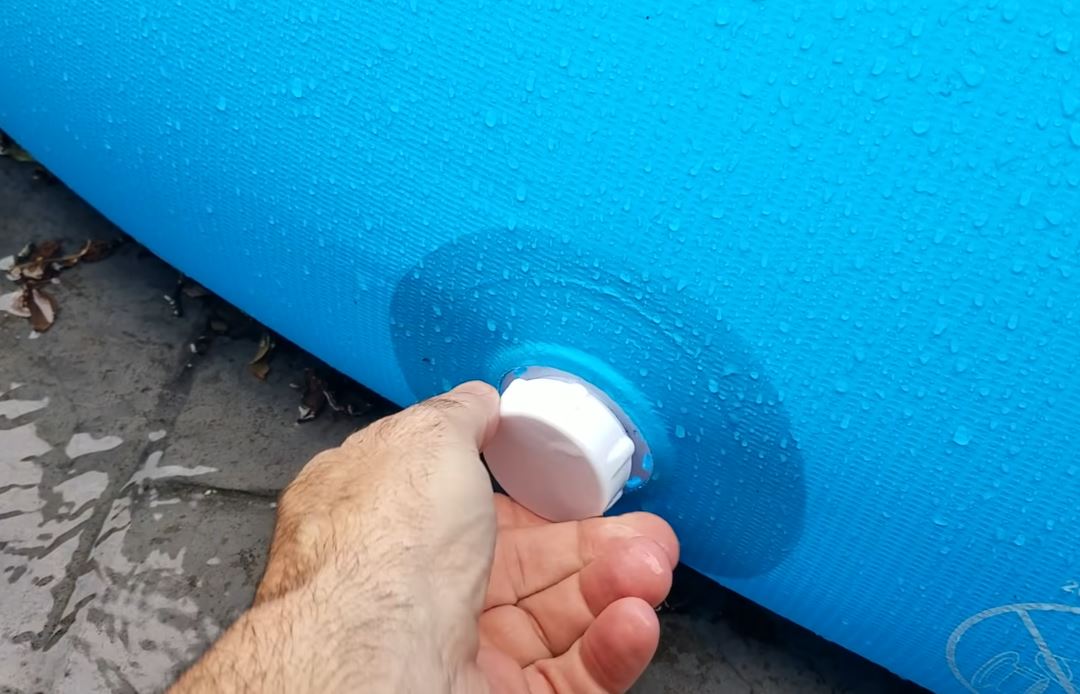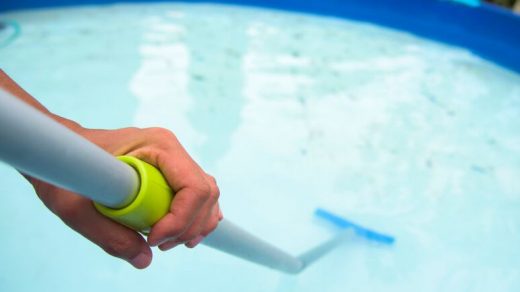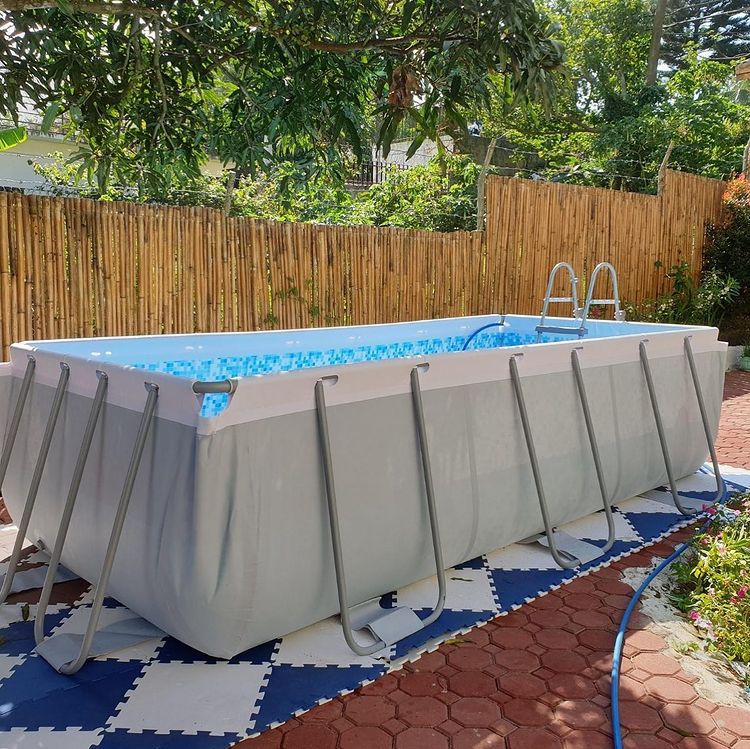Draining an aboveground pool can be accomplished in a number of ways. The important thing to remember when emptying is to know where to drain the water.
When draining an above-ground swimming pool, be sure not to discharge water into the stormwater system.
Chlorine and copper in pool water may cause harm to fish and other aquatic life if released into stormwater systems.
Using appropriate plumbing, you should drain it into the sewer. When your property isn’t sewered, you will need to drain it in your yard or a place where it can soak.
Before Draining Your Pool Water
- For one week, do not add chemicals to the water
- Keep the water temperature below 25°C
- Check for problems like erosion and slips
- Ensure no water runs off your property
- Verify that no water stagnates around the area
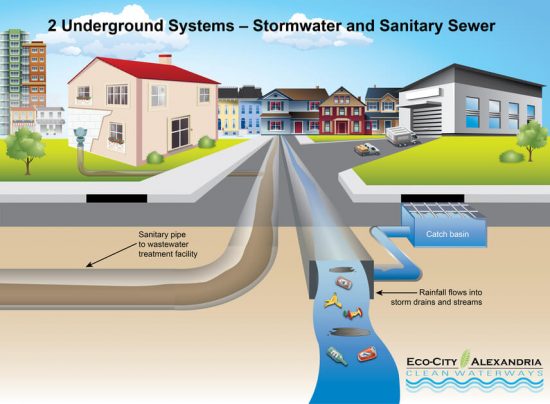
Under the following conditions, you can drain the stormwater system if the above is unsuitable;
- Use a Dechlorinator to remove chlorine
- You should keep chlorine levels below 0.5ppm and copper levels below 0.2ppm
- Water should be discharged at a rate of 10 liters per second
- Water Temperature must be lower than 20o Celsius
To have a properly functioning pool, you must maintain the chemical balance and filtering systems. This will save you from draining your pool so often. Be sure not to discharge pool water in the event of rain.
This method would be useful for pool owners who are looking for;
- how to drain an above-ground pool quickly?
- how to drain an above-ground pool without a pump?
- how to drain a coleman steel frame pool?
- how to drain an Intex pool?
5 Easy Ways to Drain your Above-Ground Swimming Pool
1. Using a Stick 🤤 (Cheapest)
In a YouTube video, Jamarius West shares his hilarious methods for draining the pool in an easy and cheap way.
He insists on putting a stick in the drain outlet to hold it open and letting it drain, preferably onto the lawn or garden. And adding a couple of bricks to hold the stick in place.
The idea is actually good unless you need to run the hose to a different location. Give it a whirl and let me know how it goes.
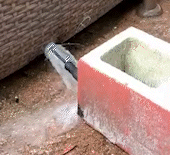
How often should you drain your above-ground pool?
- Several factors determine how frequently you should change the pool water.
- Generally, pool water needs to be replaced every three to five years.
2. Garden/Vaccum Hose & Drain Valve
All above-ground pools come with a drain plug to help drain the water.
You should take the necessary precautions before opening your drain plug so you don’t cause unintended damage. Because the chemicals present in the pool water can affect the land is used for vegetation.
The best way to avoid flooding your yard is to drain the water in the appropriate place with a garden hose connected to the drain plug.
How to drain an above-ground pool with a garden hose?
Open the drain valve of your pool. Use the drain connector which comes with your pool to connect it to the garden hose.
Buy a garden hose that is 100ft long which is very durable, lightweight, easy to pull around, and can take intense pressure.
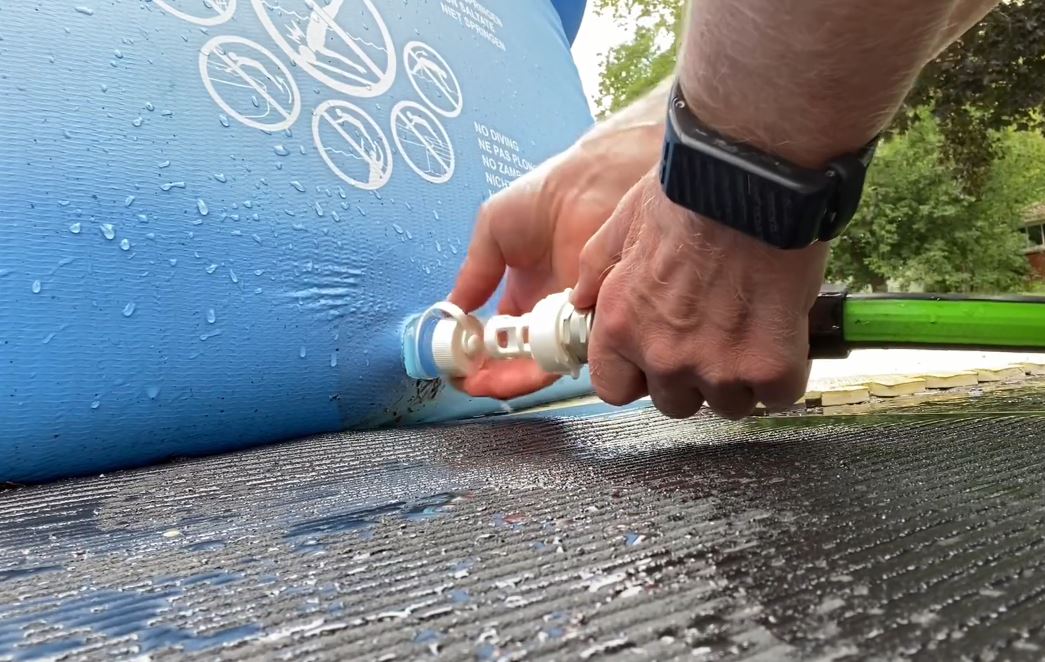
As an alternative, you can also use a vacuum hose, which is wider than a garden hose and thus can drain water faster.
| # | Preview | Product | Rating | |
|---|---|---|---|---|
| 1 |

|
POWERTEC 70347 10 Ft. Dust Collection Hose Kit with 5 Fittings for... | 190 Reviews | Check Price |
| 2 |

|
Ucreative 1/8" 5/32" 3/16" 1/4" 5/16" 3/8" High Performance Automotive... | 311 Reviews | Check Price |
| 3 |

|
Peachtree Woodworking Supply 10 Foot Long Dust Collection Power Tool... | 679 Reviews | Check Price |
ProTip: Take down your above-ground pool before the water starts to get cold and as well as the start of bad weather. Making it tougher to do the job.
How long does it take to drain a pool with a garden hose?
- Draining time is determined by the diameter and length of your hose. Suppose you have a hose that is 3/4 inches in diameter.
- If the length of your garden hose is between 50 and 100 feet, you can drain 400 to 450 gallons of water per hour.
- A hose length of fewer than 50 feet allows you to drain 800 to 1300 gallons of water per hour.
With a pool capacity of 7500 gallons, it may take you 7.5 hours to drain all the water.
3. Submersible Water Pump
In the case of above-ground pools without drain valves or if that drain valve is not working, use a submersible water pump.
When connected to an electric outlet, the sump pump can easily pump out 3500 gallons of water per hour. The pump with more power can drain more water than cheaper ones.
How to pump water out of the above-ground pool?
Attach your garden hose to the sump pump and place the other end of the hose into your drain. The water will drain from the hose as soon as the pump is turned on.
Depending on the pump capacity and hose diameter/length, the draining time may vary
Sump pumps leave less water in the pool than drain plugs.
Best Submersible Water Pump for Pool
| # | Preview | Product | Rating | |
|---|---|---|---|---|
| 1 |

|
DEKOPRO Submersible Water Pump 1/3 HP 2450GPH Utility Pump... | 5,563 Reviews | Check Price |
| 2 |

|
PANRANO 1HP 3500 GPH Sump Pump Submersible Utility Water Pump Portable... | 285 Reviews | Check Price |
ProTip: Use a bungee cord to keep the hose attached to the pool. Since the water coming out can drag the hose out of the pool.
How long does it take to drain a pool with a sump pump/electric pump?
- A powerful sump pump can drain 3700 gallons of water per hour.
- With a pool capacity of 7500 gallons, it may take you two hours to drain all the water.
how to get water out of a pool without a pump?
- With the garden hose connected to your drain plug, you can remove water without using a pump.
- As the water level in the pool drops, you can drain the water by siphoning it off or by flipping the pool to drain the water.
4. Siphon Hose
Another popular method for draining the pool is the siphon hose.
In order to do it, drop the one end of the hose underneath the water and the other end of the hose lower than the top of the water level.
How to siphon water out of a pool?
You can siphon the water using two methods:
Using Faucet
- In this method, the garden hose is connected to the faucet and the water is turned on.
- Hence, you are filling your pool temporarily with water while waiting for the hose to fill completely with water.
- Once this is confirmed, you can remove the hose from the faucet and let it drain.
- Ensure the hose’s other end is lower than the floor of your pool.
Using Vaccum Cleaner
- Make use of the vacuum cleaner at your home instead of siphoning the water out with your mouth.
- Connect the vacuum cleaner to the hose and seal it gently. The pressure created by the vacuum will be enough to siphon the water from the pool.
- As soon as it starts sucking water, you remove the hose and place it where you want to drain it.
With multiple hoses, you can make the drain much quicker
Best Siphon Hose for Draining
| # | Preview | Product | Rating | |
|---|---|---|---|---|
| 1 |

|
KATUMO Gasoline Siphone Hose, Gas Oil Water Fuel Transfer Siphon Pump,... | 5,247 Reviews | Check Price |
| 2 |

|
HORUSDY Diesel Mechanical Gas Siphon 10FT Multi-Purpose Super Easy... | 1,110 Reviews | Check Price |
How to clean above ground pool after draining?
- As soon as the water level drops, you can start cleaning your pool by removing the debris and leaves floating in the water.
- As well get inside the pool and clean the walls when the water levels reach low.
5. Removing the Last Inches of Water
How do you drain the last few inches of water from an above-ground pool?
- Using wet/dry vacuums
- Using a sweeper to move the water into the drain
- Turning the pool over to one side. Drain it using a pump or hose, otherwise, just flip the pool.
The simplest method to drain the water is by using our first method. This should only be done if your drains are just around your pool, otherwise, you may end up flooding the pool area.
If you do not want to spend any money, you may use the siphon method, but it may take a long time to completely drain.
If you want your drain to drain faster, we recommend using a sump pump that is connected to your garden hose.
Finding out how to drain an above-ground pool can be frustrating for some people. We hope our article has provided you with the most efficient and cost-effective ways of draining your pool.
If you are unable to perform any of the methods listed, call for a professional to do the job.
If you have drained your above-ground pool, please describe the process and share your methods in the comments below.
In case you encountered any problems or had a suggestion that would help other pool owners feel free to write it down. Thanks.
Discover more about the above-ground pools
If you’re looking at how to level an above-ground pool or looking for a heavy-duty ladder for your deck or the best salt chlorine generator system, we have all the necessary information to assist you.

